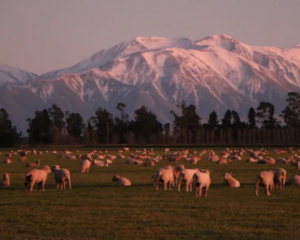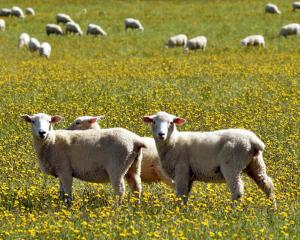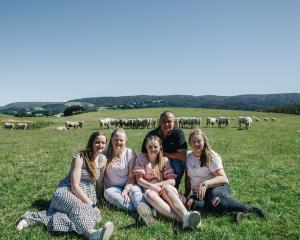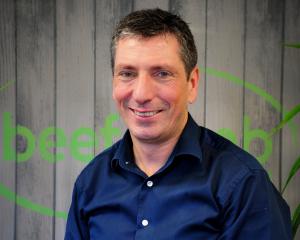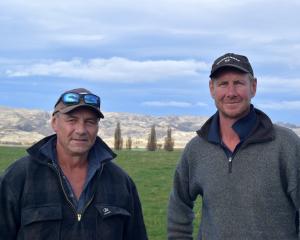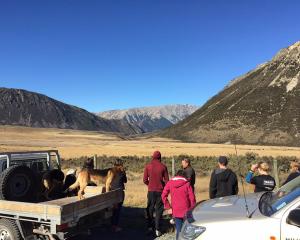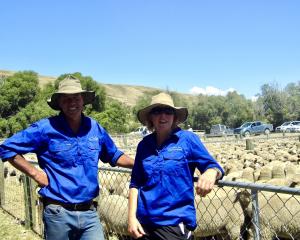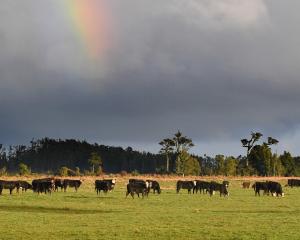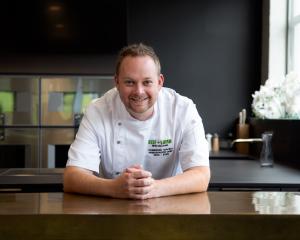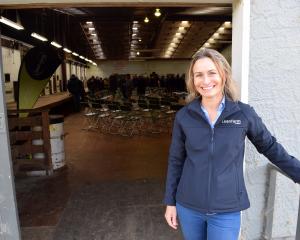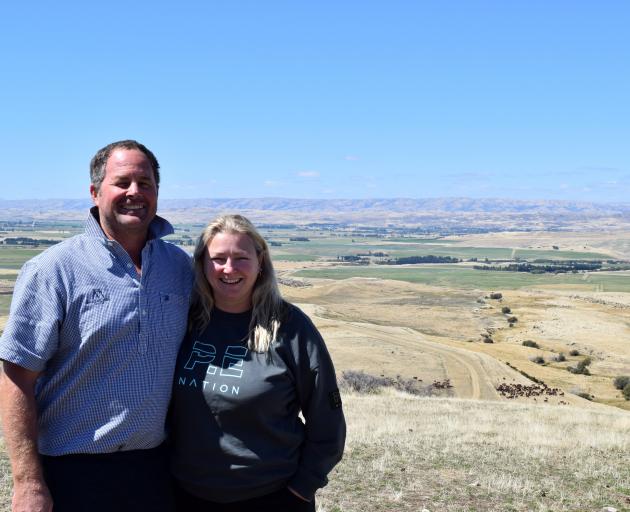
A call for a nude rain dance was made at a field day on a high-country sheep and beef station in Central Otago.
Matakanui Station owner Andrew Paterson made the tongue-in-cheek request to more than 80 people on an airstrip overlooking the station near Omakau last week.
The 8700ha property rises to 1600m on the Dunstan Mountains.
About 2000ha was flat to rolling land and the rest of the terrain was higher, including 9km of skyline.
Most of the effective land was a mix of long leading spurs, open tussock flats and about 440ha of paddocks under gun and pivot irrigation.
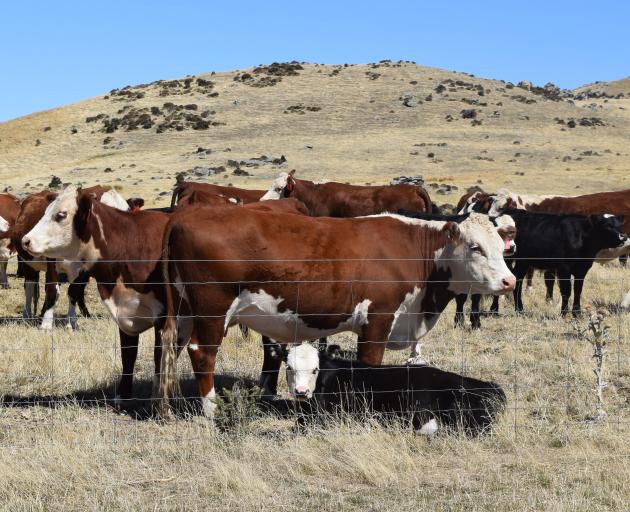
"Matakanui is good at bouncing back, once we get a rain," he said.
Water for irrigation was taken from the Manuherikia River.
His take had already been reduced by half this summer, and he expected it to be cut off entirely this week.
After the river take was cut off, water in dams outside the station would be available for irrigation.
When the dams were dry, he would cross his fingers and hope for rain.

"If we take them down now and we run out of feed then we are in a whole lot worse position than if we leave them here."
Building dams to store water on the farm would future-proof the irrigation system.
A plan was to convince the bank to allow for four dams to be built on the station, including a 500cum dam in a gully.
"We have got the water available — it is just not available right now."
When the station was established in 1859, it covered more than 32,000ha.
When his grandfather Jim Paterson bought the station for £100,000 in 1958, "only the small, rocky corner" of the original station remained.
After buying the station, his grandfather reduced the staff numbers from 20 to three.
"He made it into a big run and made money out of it."
Andrew and his wife Tracy took over the farm in 2014.
More than 21,000 fine-wool Polwarth sheep were wintered last year.
Cattle played an important role.
"The cattle allows us to run as many sheep as we do."
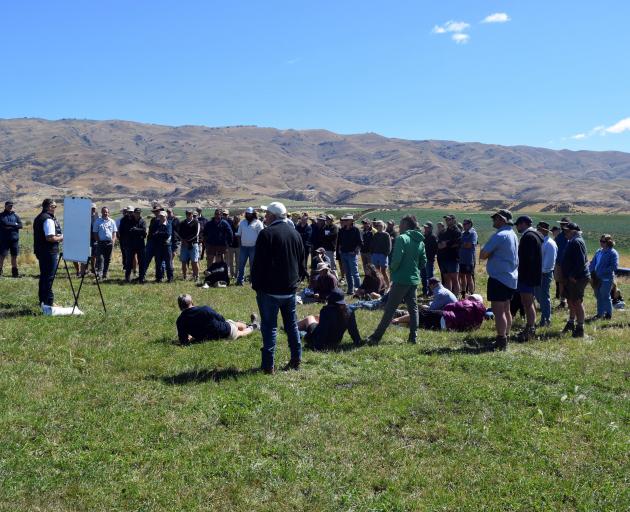
"Sheep will sit on a sunny face and go for the nice, easy stuff," he said.
All breeding cattle on the station were straight Hereford.
"I’ve always had a passion for Herefords," he said.
All mixed age cows go to a Hereford bull, and the heifers go to an Angus bull.
About 200 of the heifers in-calf to the Angus bull were sold to the same farmer each year.
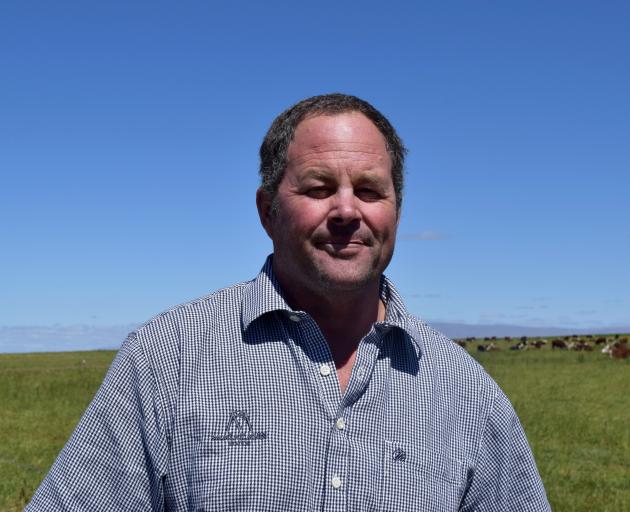
The aim was to have about 400 cows and about 100 heifers in-calf each year.
Any cattle with bad temperaments were culled, but it was rarely an issue.
"They are very quiet-natured, you could almost ride them around in the yards."
Despite a session at the Beef + Lamb New Zealand field day being on the economic benefits of mixing cattle breeds, the appeal of breeding straight Hereford remained.
"I find it hard to go away from a nicely marked, good looking, well put-together Hereford."


